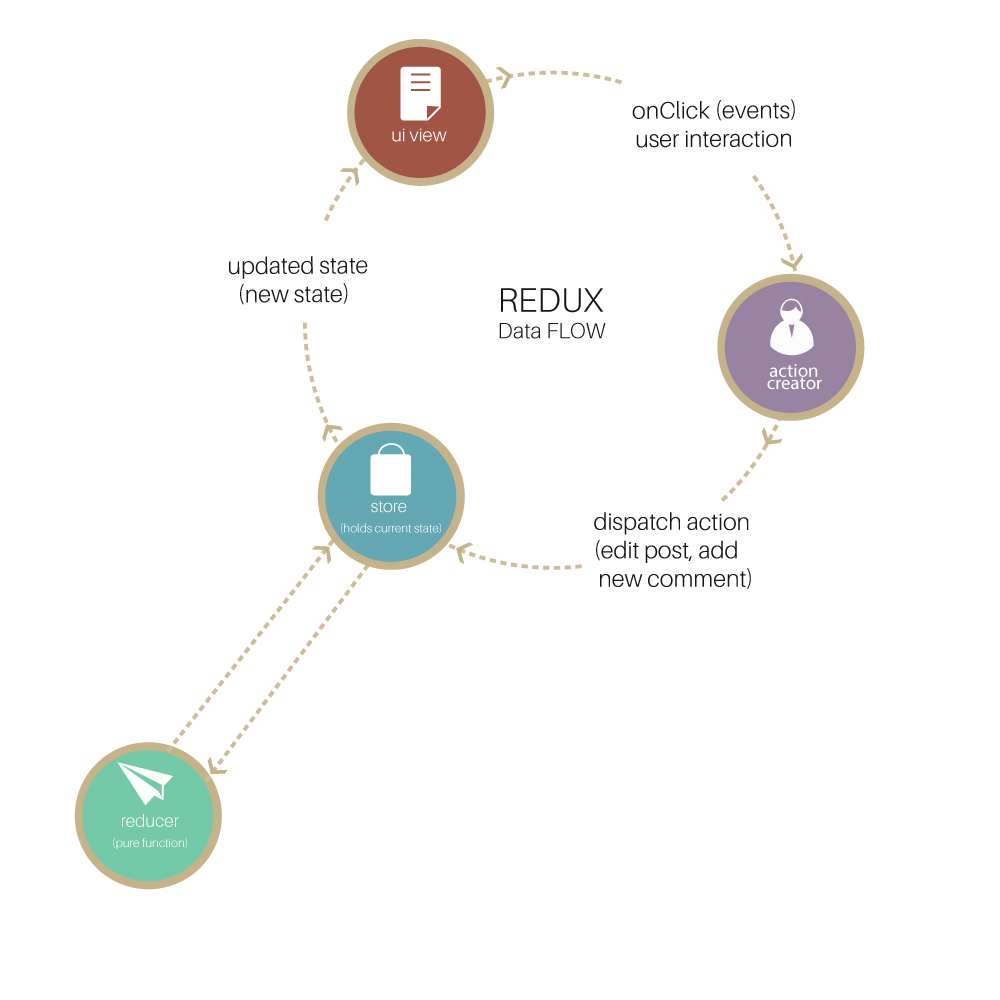

Also, the other pages in this tutorial intentionally show older-style Redux logic patterns that require more code than the 'modern Redux' patterns with Redux Toolkit we teach as the right approach for building apps with Redux today, in order to explain. SetToMutableStateFunc((immutableState) => immutableState. The old-style connect API still works, but today we want all Redux users using the hooks API. SetToImmutableStateFunc((mutableState) => omJS(mutableState)) Tim hiêu connect () Hàm connect () c cung cp bi React-redux có th nhân ti bn i s, tt c u là tùy chn. Tracy Sarge Executive Director from Room Redux Bay Area chats with host Olivia Horton about how they are providing room makeovers to help children get past trauma.

Set the mutability/immutability functions
REDUX CONNECT INSTALL
$ npm install redux-connect -S import from 'redux-connect' This is a fork and refactor of redux-async-connect Installation & Usage This package consist of 2 parts: one part allows you to delay containers rendering until some async actions are happening.Īnother stores your data to redux state and connect your loaded data to your container. Or you just want pages to be solid, don't jump when data was loaded. Especially if you're building universal app, Then connect data to your component or container.Īlso, usually we want data to be preloaded. You create actions that do async jobs to load data, create reducer to save this data to redux state, Gives you a reference to the dispatch function so you can dispatch actions and change the data ( state) in the Store.How do you usually request data and store it to redux state? Serves a similar purpose to mapStateToProps when using class-based components and connect. The useSelector hook gets state (data) directly from the Redux Store so you there is no need to pass the state from the Redux store in as a prop to the component. connect can accept an argument called mapDispatchToProps, which lets you create functions that dispatch when called, and pass those functions as props to your component. This commands creates your React application in a folder called react-with-redux. React Redux gives you two ways to let components dispatch actions: By default, a connected component receives props.dispatch and can dispatch actions itself. Hooks provided by the React Redux library : useSelector and useDispatch useSelector Īllows you to select (think SQL) slices of state from the Redux Store. Open your terminal and type: create-react-app react-with-redux. Putting a component around your root component makes the store accessible to all connected components. Provider gets you access to the store from anywhere in the component hierarchy. These hooks provide access to the data in the Store and the ability to dispatch actions to the Store to change the data. useSelector and useDispatch Hooks are used in Function Components Connecting more components is usually better for performance.

The connect function generates wrapper "container" components that subscribe to the store, so you don't have to write store subscription code for every component that needs to talk to the store.Īny component in your application can be wrapped with connect and "connected" to the store. React-Redux provides bindings between React and Redux. Redux can be used with any UI layer (such as Angular, Vue, or plain JS), but is most commonly used with React. React Redux Overview React bindings for Redux


 0 kommentar(er)
0 kommentar(er)
